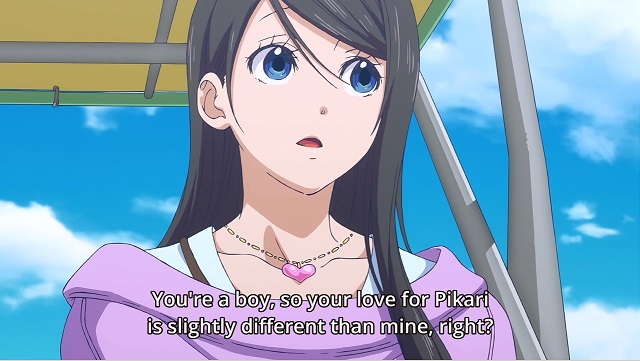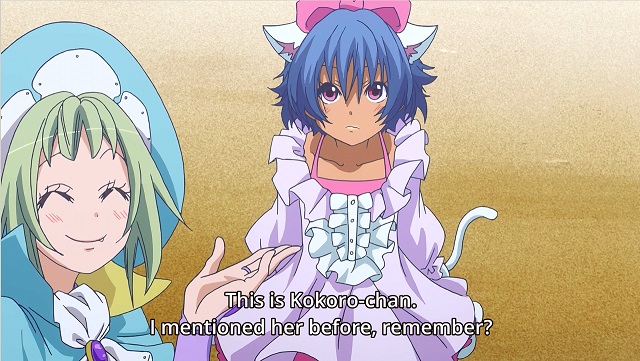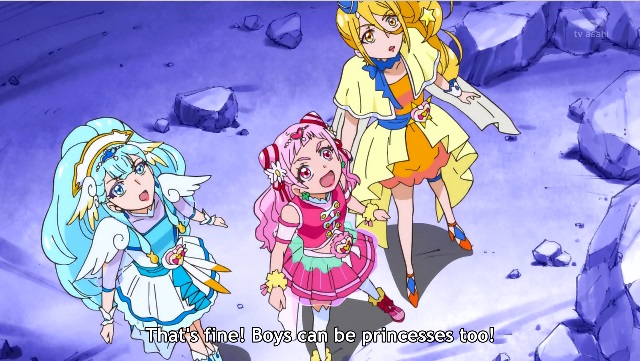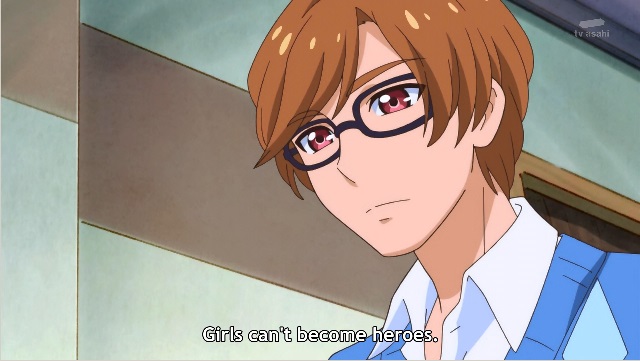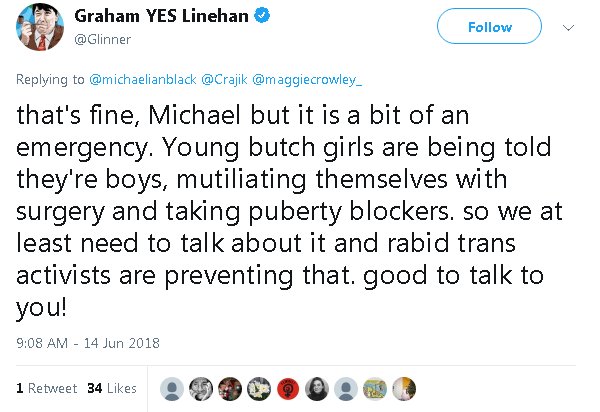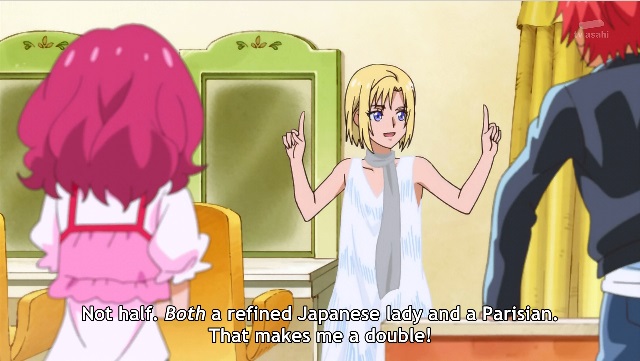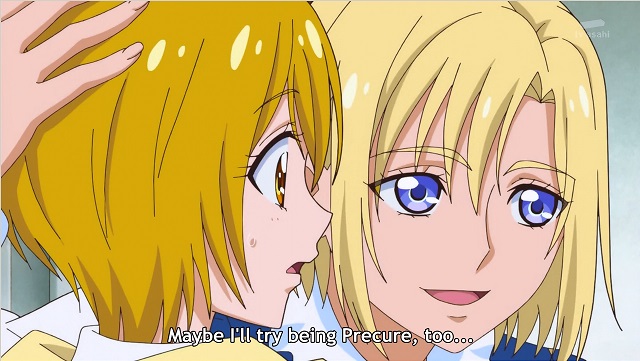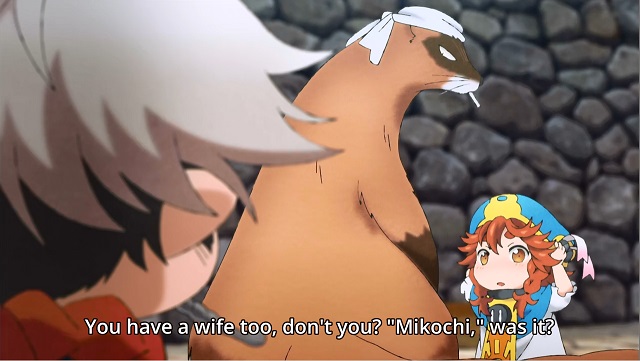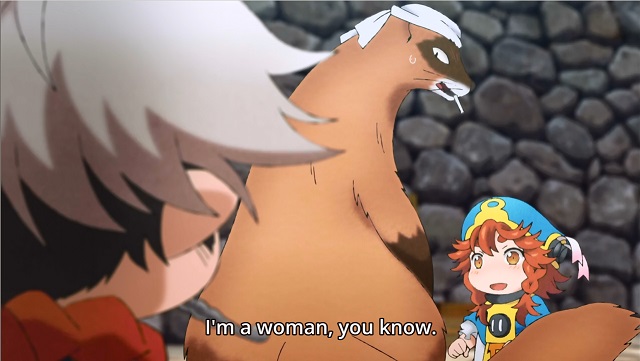Not that it hasn’t stopped the troglodyte part of anime fandom from trying up to and including self styled Japanese speakers proclaiming Crunchyroll translators made it all up.
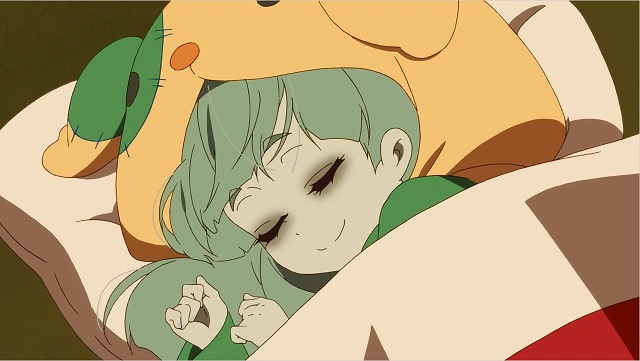
Nu-uh.
Lily is a trans zombie girl. Not a crossdressing boy, not a fetish, not anything else. Zombieland Saga episode eight makes that very clear. It turns out Lily died in the middle of an argument with her father, when she had locked herself up in her room and discovered she was starting to grow facial hair and died of shock. She literally died of gender dysphoria. And when she explains this to the other girls, the episode takes great pains to establish that Lily is Lily, and while Saki does roll around laughing at Lily’s deadname — the most masculine of masculine names — they’re quick to accept her as she is, the voice of reason coming from their manager/ressurrector of all people. Hell, they’ve got Sakura, the main protagonist wearing pyamas in the colours of the trans flag. Subtle this is not.
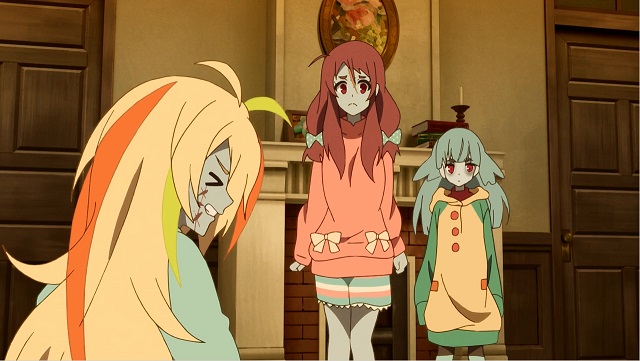
I’m not sure what angers me the most about the attempts to deny all this, the casual transphobia and erasure or the even more casual racism that underscores it. There’s a particular kind of weeb who is attractive to anime and Japanese media because they believe all cliches about Japan being a conservative nation and how that measn there isn’t any SJW crap there, who refuse to accept that Japan has feminists and activists and LGBT people too, just like any other country. It’s this sort of person who believes that anything that contradicts this view is the result of meddling by activists translators at Crunchyroll or whatever. Even when the voice actor of Lily almost literally confirms Lily’s trans, she’s not believed. This is rather insulting to the original creators who set out to and succeeded in creating one of the better portrayals of a trans girl in anime, zombie or not. Anime has done a lot of flirting with genderqueer characters, but usually doesn’t go much farther than having cute boys crossdress without explicitly coming out as trans/genderqueer. That we get a wave of socalled “fans” throwing a tantrum the moment a genuinely trans character shows up is not surprising but still disappointed.
